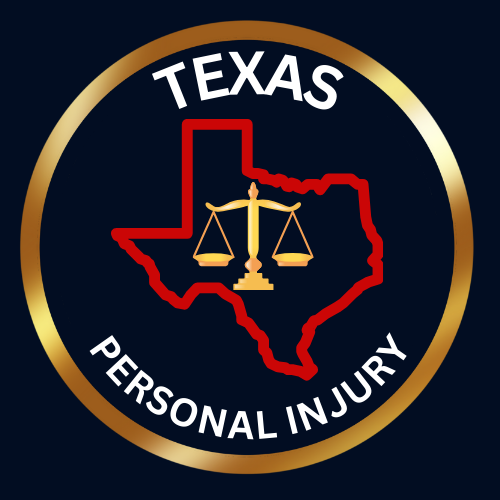El Paso, Texas, is a unique city located at the westernmost tip of the state. Known for its rich cultural heritage, diverse landscapes, and strategic location along the U.S.-Mexico border, El Paso’s geography plays a pivotal role in its identity and development.
El Paso is situated in the state of Texas, which borders Louisiana to the east, Arkansas to the northeast, Oklahoma to the north, New Mexico to the west, and the Mexican states of Chihuahua, Coahuila, Nuevo León, and Tamaulipas to the southwest. El Paso lies in the far western part of Texas, near the borders with New Mexico and Chihuahua, Mexico. Before European colonization, the area now known as El Paso was inhabited by various Indigenous peoples, including the Mescalero Apache and the Tigua Pueblo. These tribes had rich cultures and utilized the region’s natural resources for their sustenance and traditions.
El Paso is part of the larger Trans-Pecos region of Texas, which is characterized by its desert landscapes and rugged mountains. The city is also a key part of the Borderplex, a binational metropolitan area that includes Ciudad Juárez, Mexico, and Las Cruces, New Mexico.
El Paso is situated in the Chihuahuan Desert, which features arid landscapes, sparse vegetation, and dramatic mountain ranges. The Franklin Mountains run through the city, providing a striking backdrop and recreational opportunities. The Rio Grande River forms the natural border between El Paso and Ciudad Juárez, Mexico, and is a crucial waterway for the region.
El Paso is the county seat of El Paso County, which is the sixth most populous county in Texas. The county encompasses both urban and rural areas, contributing to the region’s diversity and economic activity.
The El Paso metropolitan area, also known as the El Paso-Juárez-Las Cruces metropolitan area, is a significant urban center that spans three states: Texas, New Mexico, and Chihuahua, Mexico. This binational metropolitan area is a major economic and cultural hub.
El Paso is divided into eight City Council districts, each represented by an elected council member. These districts ensure local representation and governance, addressing the diverse needs and interests of the community.
El Paso encompasses a wide range of zip codes, each representing different neighborhoods and districts. Some key zip codes include:
- Downtown El Paso: 79901
- Central El Paso: 79903
- Westside: 79912
- Eastside: 79936
- Northeast: 79924
- Lower Valley: 79907
- Mission Valley: 79915
El Paso is home to a variety of distinctive neighborhoods and districts, each offering unique characteristics and attractions. Some notable neighborhoods include:
- Downtown El Paso: The city’s central business district, known for its historic buildings, cultural institutions, and vibrant arts scene.
- Sunset Heights: A historic neighborhood with Victorian-style homes and panoramic views of the city.
- Kern Place: A trendy area near the University of Texas at El Paso, featuring eclectic dining, shopping, and nightlife.
- Mission Valley: A culturally rich area with historic missions and a strong sense of community.
- Westside: A residential area known for its upscale homes, parks, and proximity to the Franklin Mountains.
- Eastside: A rapidly growing suburban area with modern amenities, shopping centers, and family-friendly neighborhoods.
El Paso boasts several parks and protected areas that provide green spaces for recreation and conservation. Notable parks and protected areas include:
- Franklin Mountains State Park: One of the largest urban parks in the United States, offering hiking, rock climbing, and scenic views.
- Hueco Tanks State Park & Historic Site: A popular spot for rock climbing and exploring ancient pictographs.
- Chamizal National Memorial: A cultural and historical park that commemorates the peaceful resolution of a border dispute between the U.S. and Mexico.
- Ascarate Park: The largest public-use recreational park in El Paso, featuring a lake, golf course, and sports facilities.
- Rio Bosque Wetlands Park: A natural area that supports wetland habitat and offers bird watching and nature trails.
Within the Greater El Paso metropolitan area, there are several cities and towns that contribute to the region’s diversity and growth. Some of the nearby cities include:
- Ciudad Juárez, Mexico: A major city across the Rio Grande, known for its industrial base and cultural exchange with El Paso.
- Las Cruces, New Mexico: A city to the north, known for its university, agriculture, and scenic beauty.
- Socorro, Texas: A historic town in the Mission Valley area with deep cultural roots.
- Horizon City, Texas: A growing suburban community east of El Paso.
- Canutillo, Texas: A small town with a close-knit community, located northwest of El Paso.
El Paso benefits from several economic initiatives and districts designed to promote business and innovation. Notable areas include:
- Borderplex Alliance: An economic development organization focused on fostering business growth and cross-border trade.
- El Paso Foreign Trade Zone (FTZ) No. 68: A designated area that facilitates international trade and logistics by offering tax and duty incentives.
- Medical Center of the Americas (MCA): A healthcare and biomedical research hub that supports innovation and economic development in the medical sector.
El Paso, Texas, is a city with a rich and diverse geography shaped by its desert landscapes, historical significance, and vibrant cultural exchanges. From its dramatic mountain ranges and historic neighborhoods to its dynamic metropolitan area and economic zones, El Paso offers a unique and multifaceted experience for residents and visitors alike. Whether exploring its natural beauty, engaging with its cross-border culture, or participating in its thriving economy, El Paso stands out as a remarkable city in the westernmost part of Texas.
El Paso Personal Injury Services
- El Paso car accident lawyer
- El Paso truck accident lawyer
- El Paso motorcycle accident lawyer
- El Paso boating accident lawyer
- El Paso medical malpractice lawyer
- El Paso mesothelioma lawyer
- El Paso birth injury lawyer
- El Paso workplace accident lawyer
- El Paso traumatic brain injury lawyer
- El Paso swimming pool accident lawyer
